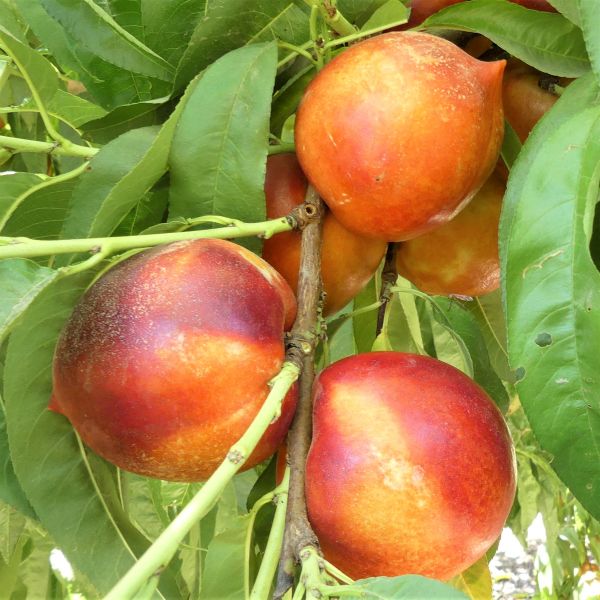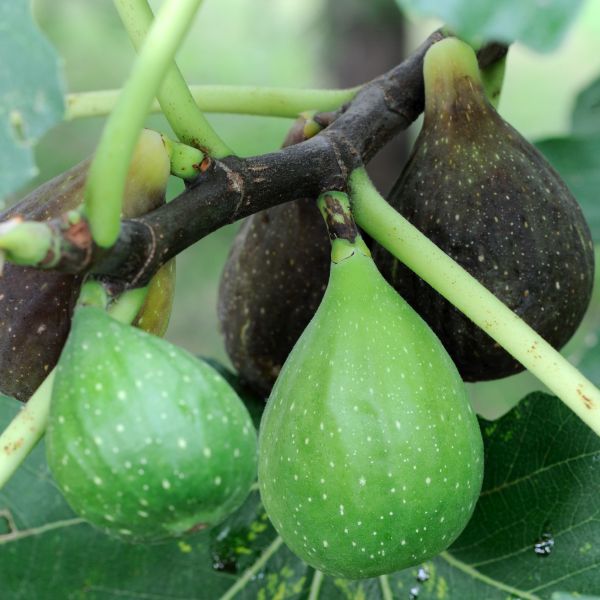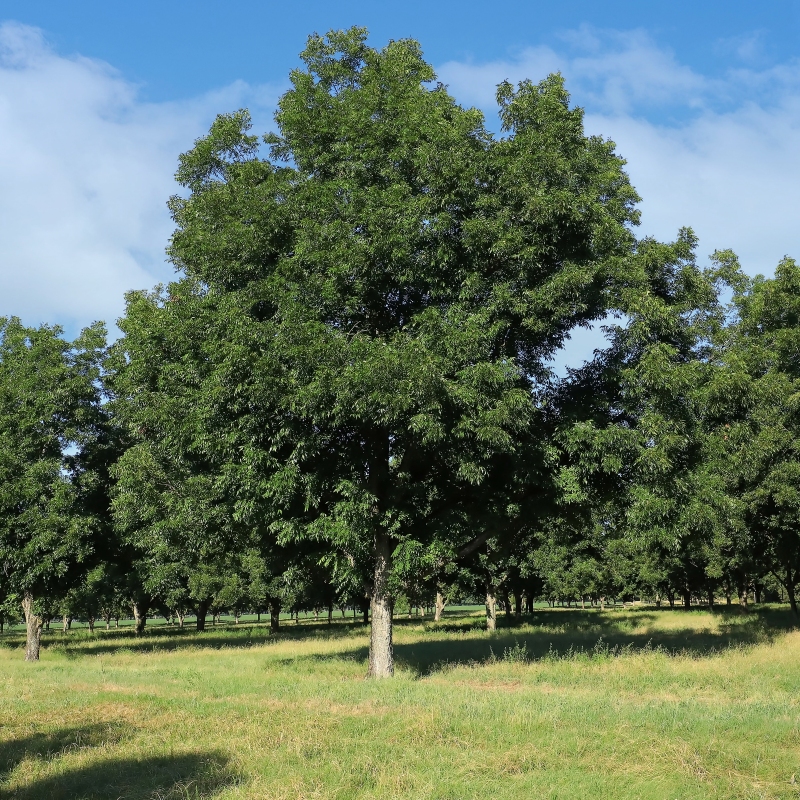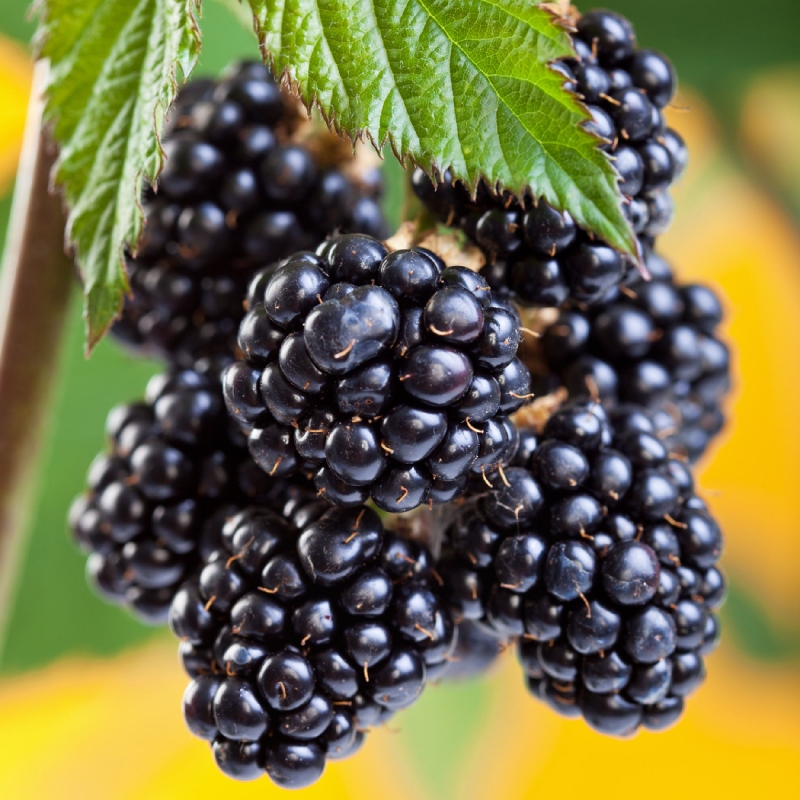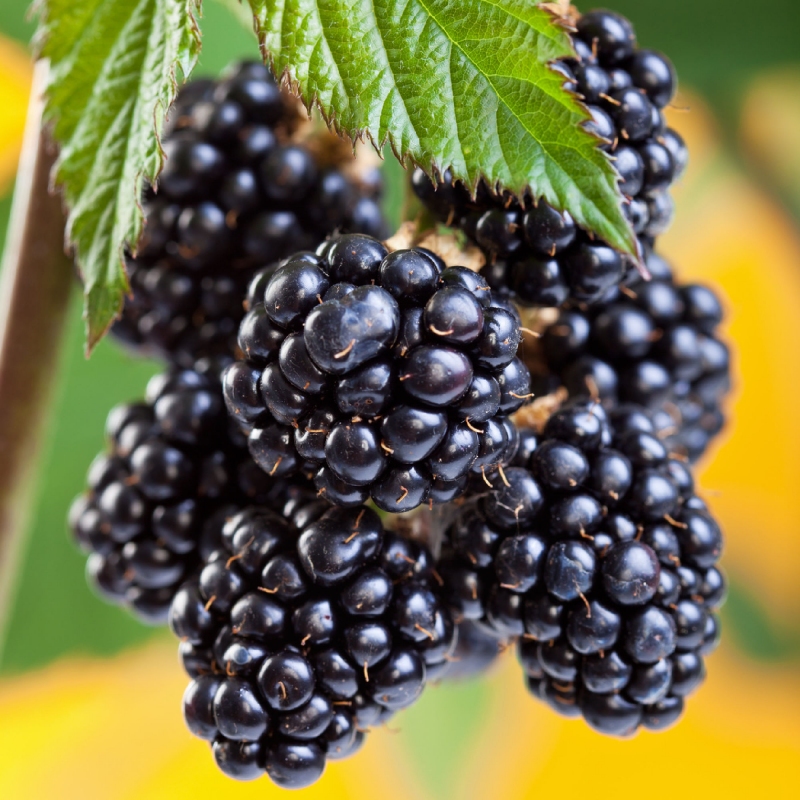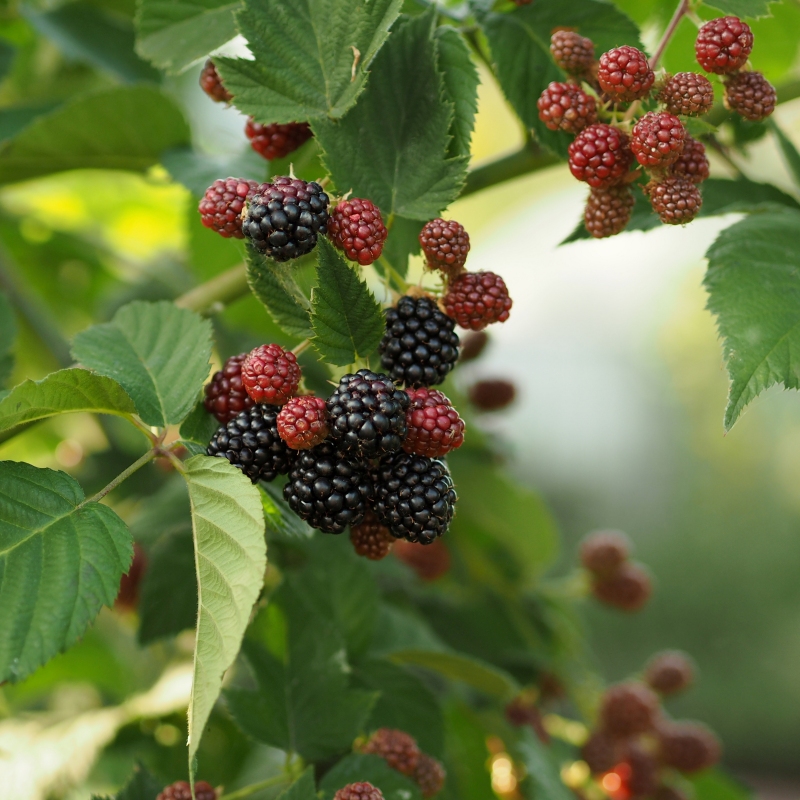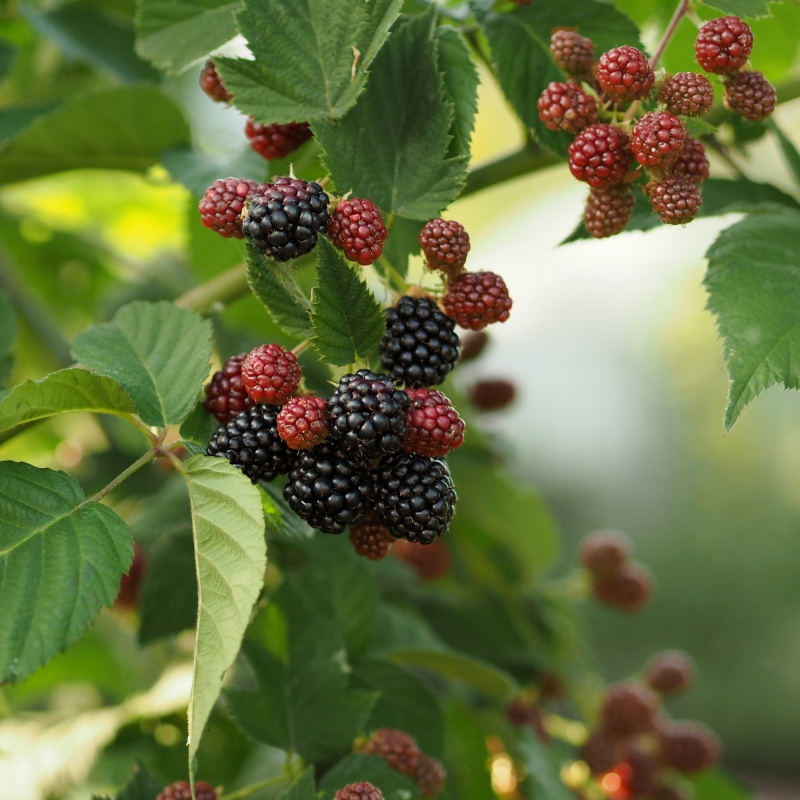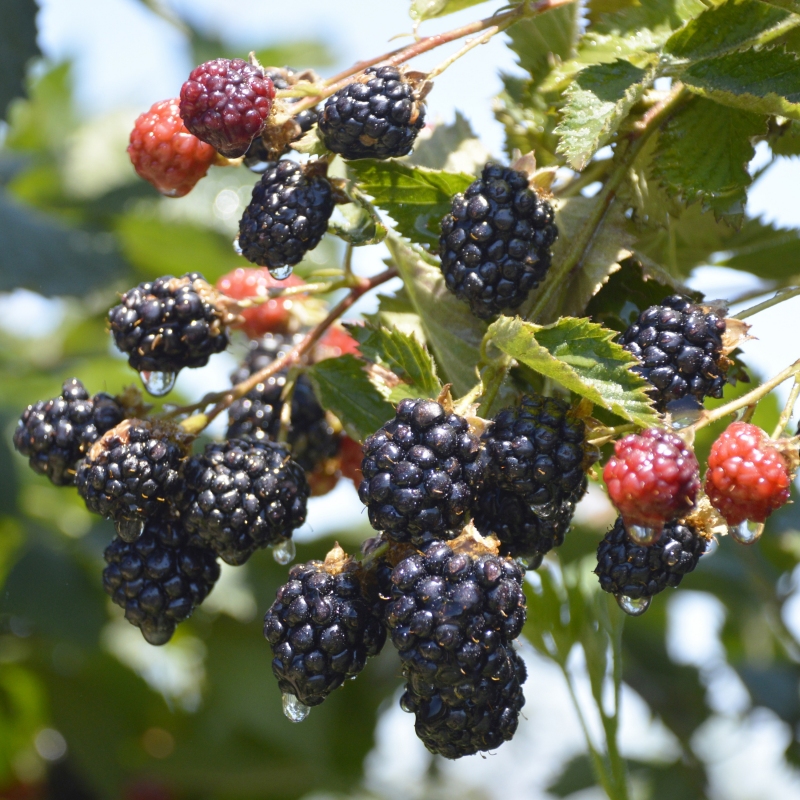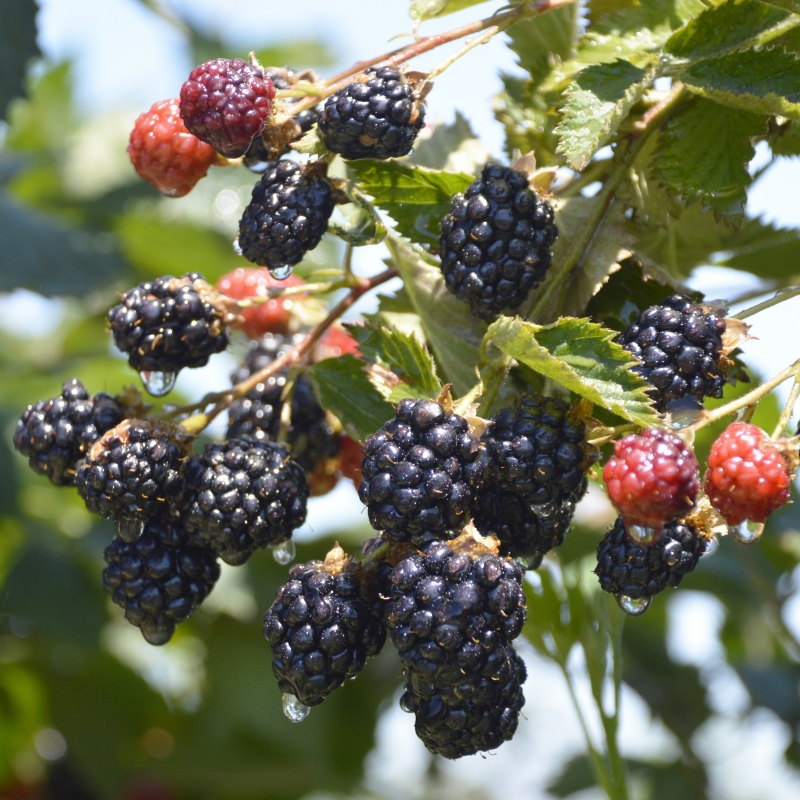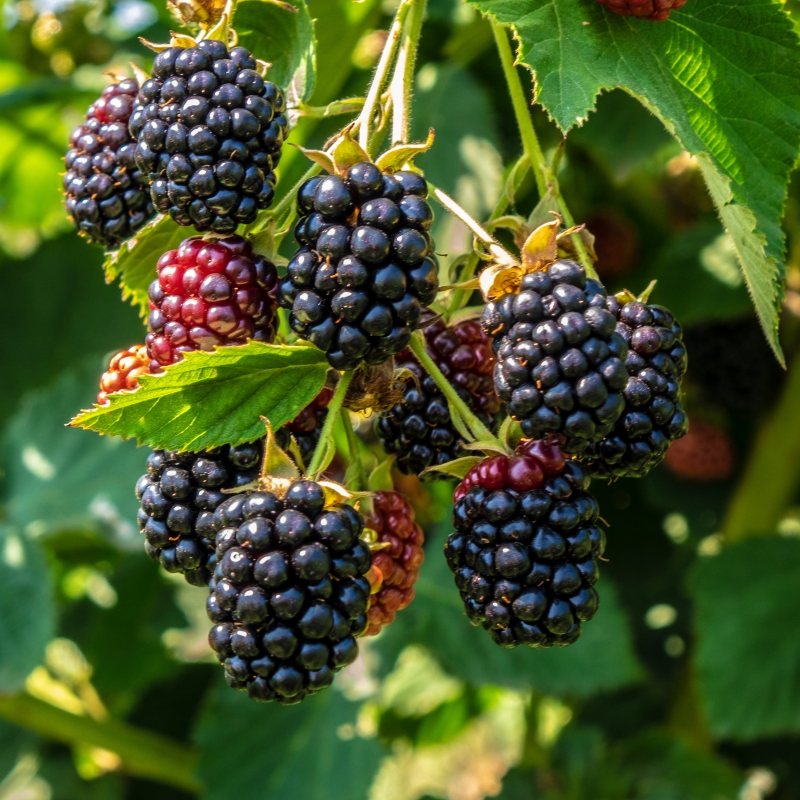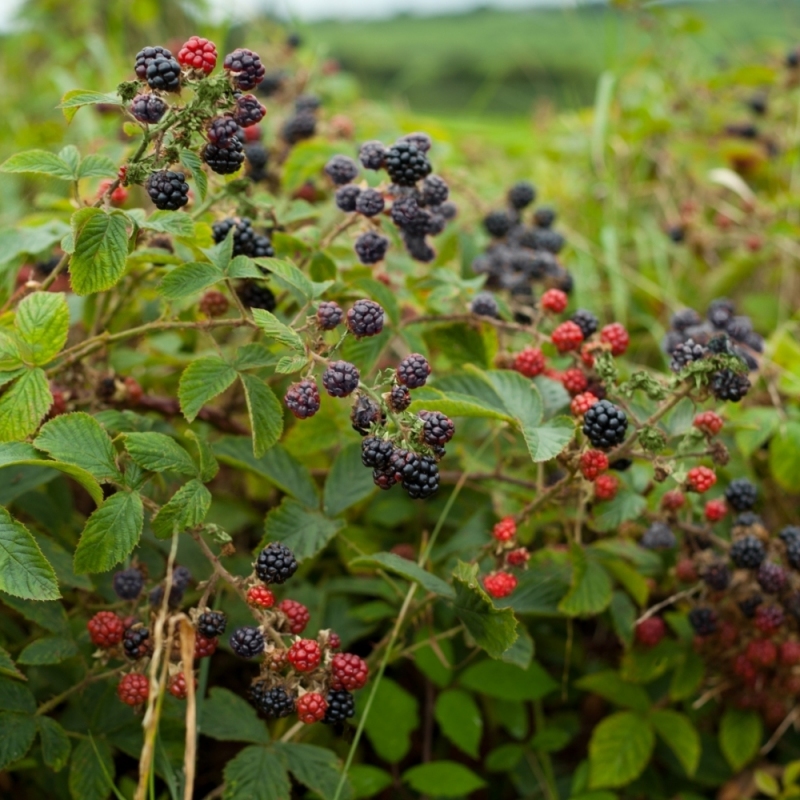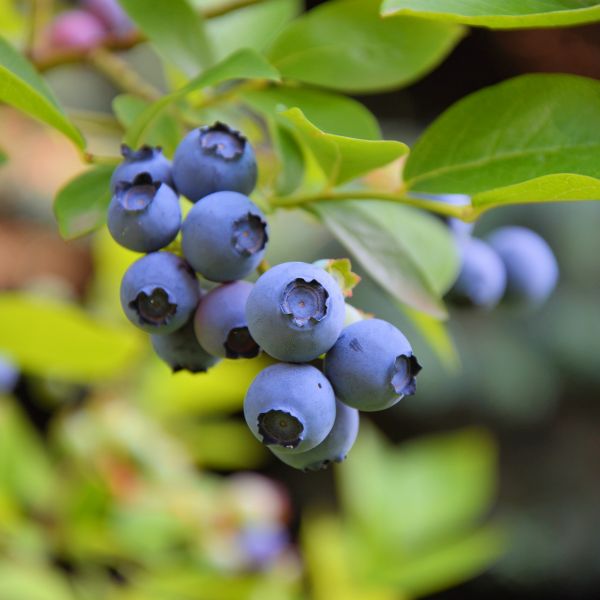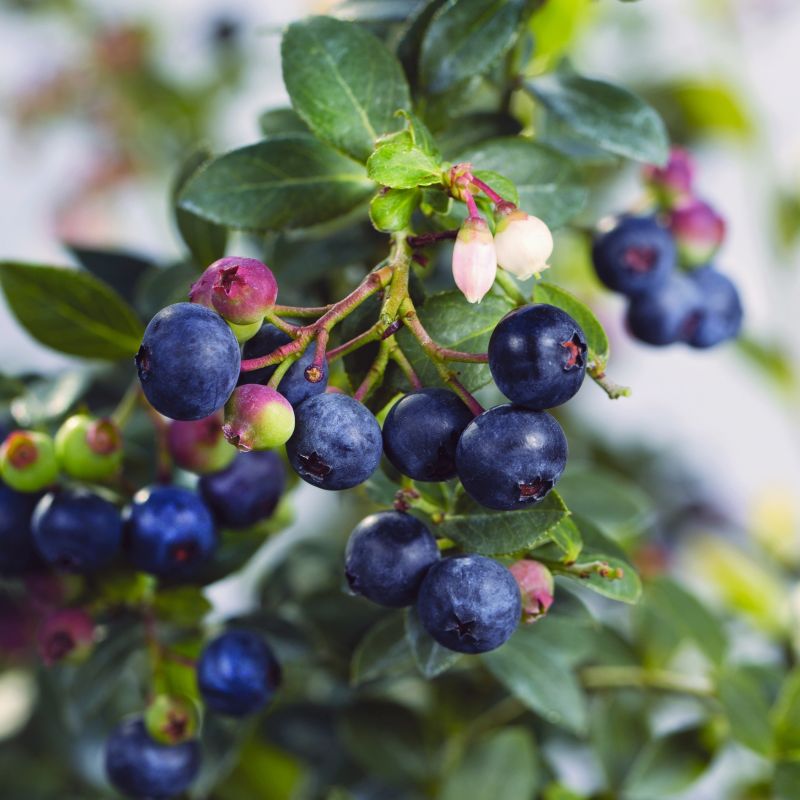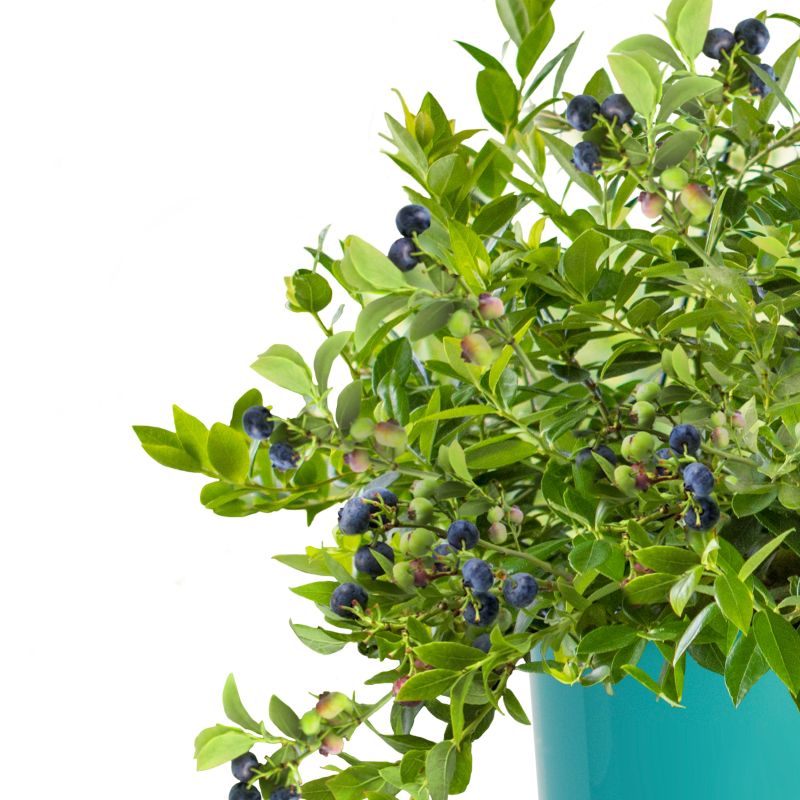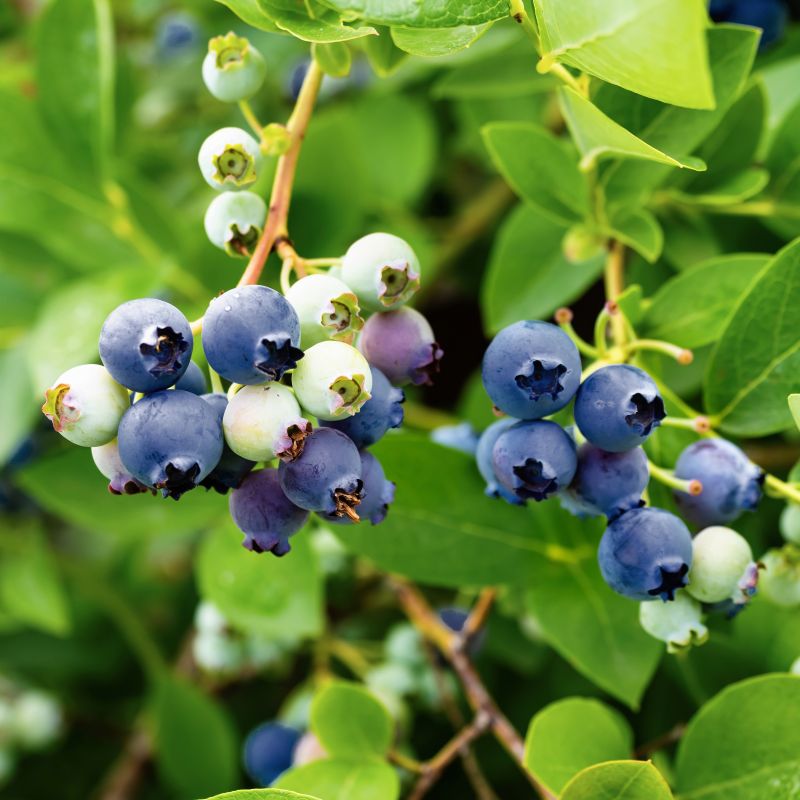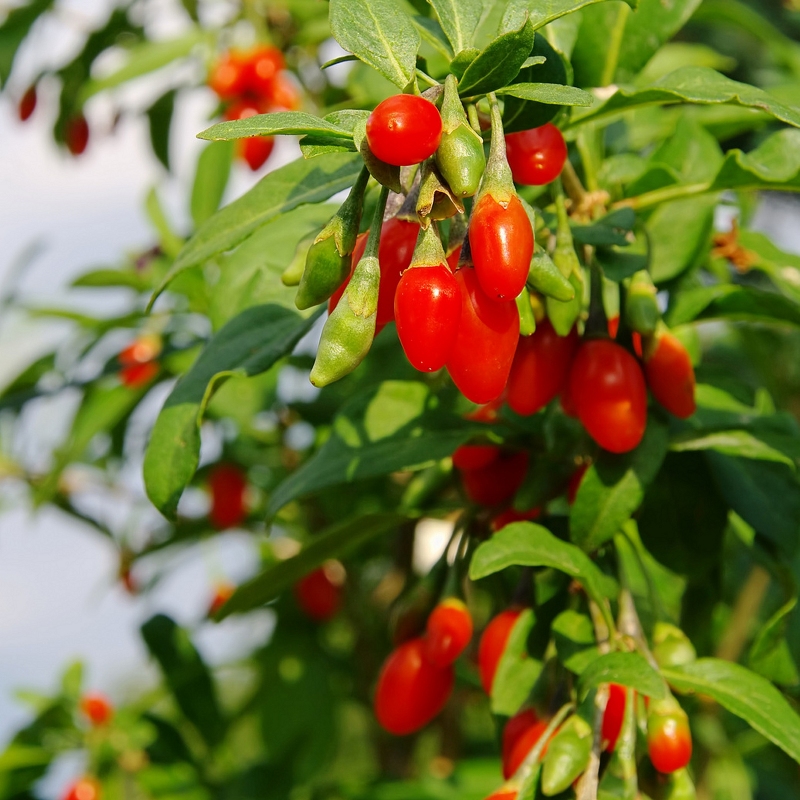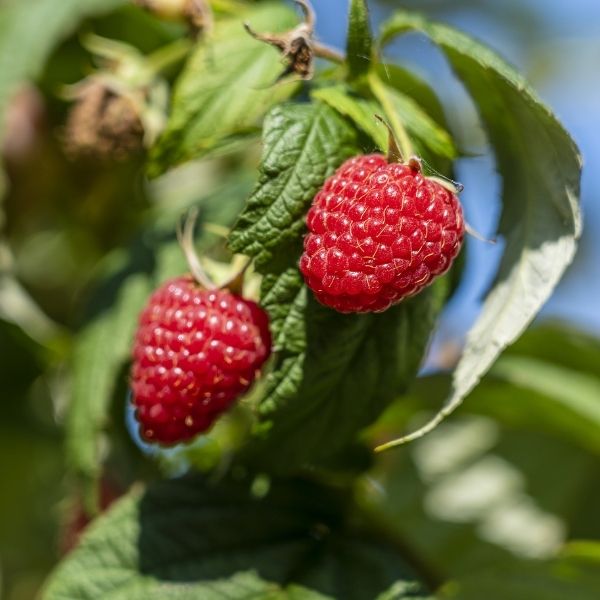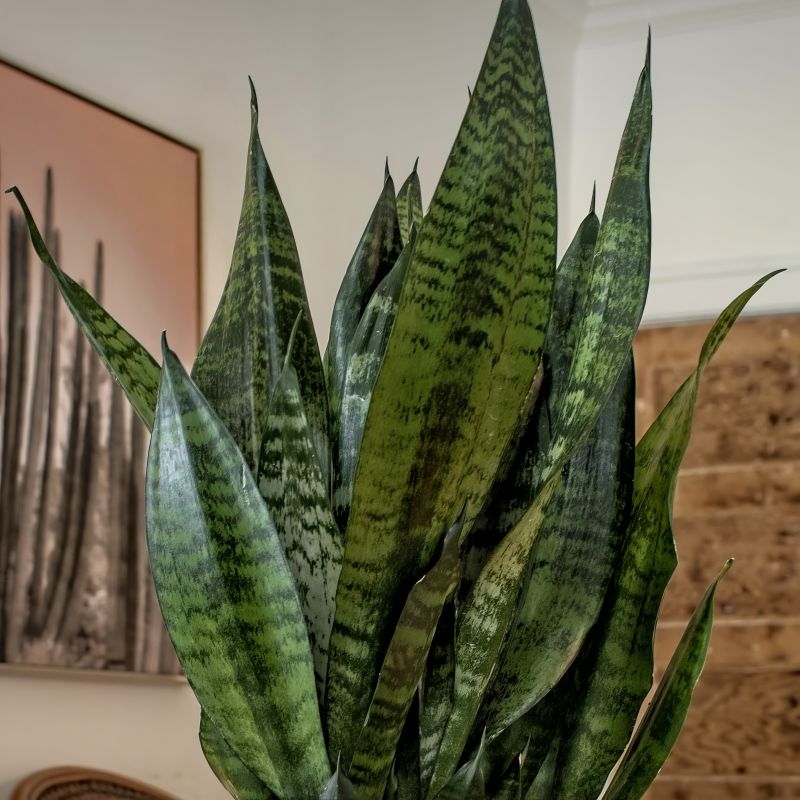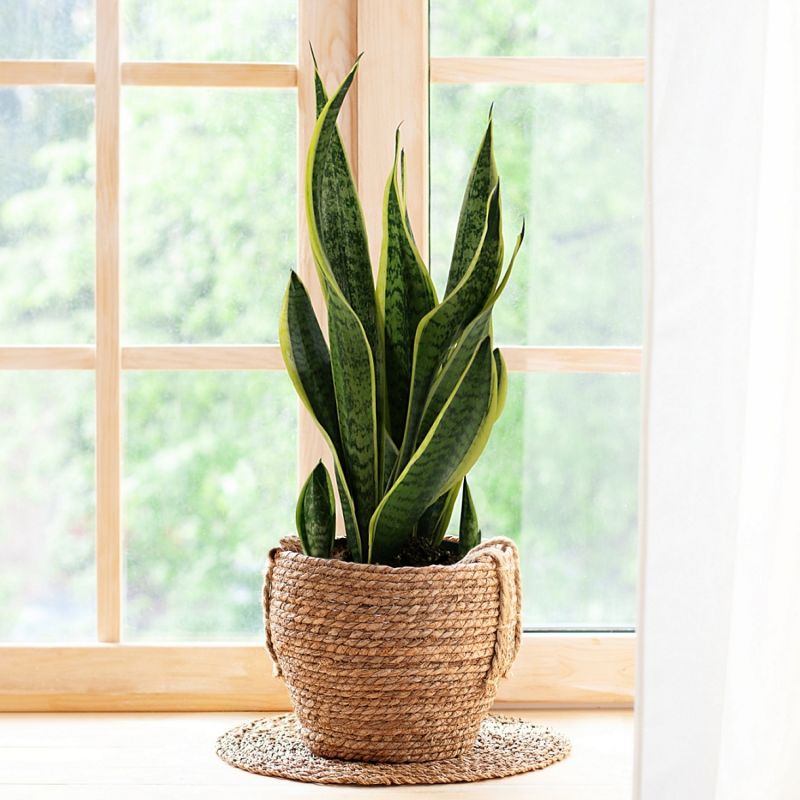

Double Delight Nectarine Tree
Prunus persica var.nucipersica 'Double Delight'
17 reviews


Double Delight Nectarine Tree
Prunus persica var.nucipersica 'Double Delight'
17 reviews
$115.00
$165.00
30% Off
2.5 Gallon
We are sorry, product is currently out of stock due to seasonal availability. Please check the "Related plants available in your area" section below
Why Double Delight Nectarine Tree?
The Double Delight Nectarine Tree is a popular variety among gardeners due to its stunning appearance and delicious fruit. This tree produces large, yellow fruit with a bright red blush on the skin. The flesh is juicy and sweet, making it perfect for eating fresh, canning, or baking. Additionally, the tree is hardy and can grow in a variety of climates, making it a great choice for home orchards.
Related plants available in your area
Sunlight
The Double Delight Nectarine Tree requires full sun exposure, meaning it needs at least 6 to 8 hours of direct sunlight per day to grow and thrive.
Watering
The watering requirement for a Double Delight Nectarine Tree is typically around 20-30 gallons of water per week, depending on the climate and soil conditions. It is important to water deeply and evenly to ensure proper growth and fruit production.
Fertilizing
The fertilizer requirement for Double Delight Nectarine Tree may vary depending on factors such as soil composition, location, and overall health of the tree. It is recommended to consult with a local horticulturist or nursery for specific fertilizer recom
The Double Delight Nectarine Tree is a fruit-bearing tree that is a perfect addition to any edible landscape.
This particular variety of nectarine trees is known for producing a delicious fruit variety with yellow flesh and red skin.
The nectarine fruit has an unusually rich flavor that is perfect to make pies with for the whole family. This tree also bears fruit early, meaning you'll have mid-season ripening fruit.
Aside from the fruit, Double Delight nectarine flowers in early spring with the loveliest double pink blooms.
The Double Delight Nectarine Tree is relatively low maintenance. It performs best in USDA hardiness zones 6-9. As for the planting site, the Double Delight Nectarine prefers the full sun and moderate watering.
All in all, the Double Delight Nectarine Tree is a great choice for those who want to enjoy fresh, delicious nectarines from the comfort of their own home all while enjoying stunning double pink blooms adorning their garden!
The tree itself is approximately 5-6 feet tall when mature, and comes in a container that is around 10-15 gallons in size. From Shrubhub, our container has drainage holes to prevent waterlogging, and the tree is planted in a high-quality, well-draining soil mix to ensure optimal growth.
Plant Information:
| Botanical Name: | Prunus persica var.nucipersica 'Double Delight' |
| USDA Zones: | 7-10 |
| Water: | Medium |
| Exposure: | Full Sun |
| Soil Needs: | Well Drained |
| Mature Height: | 15 - 18 feet |
| Mature Spread: | 12 - 15 feet |

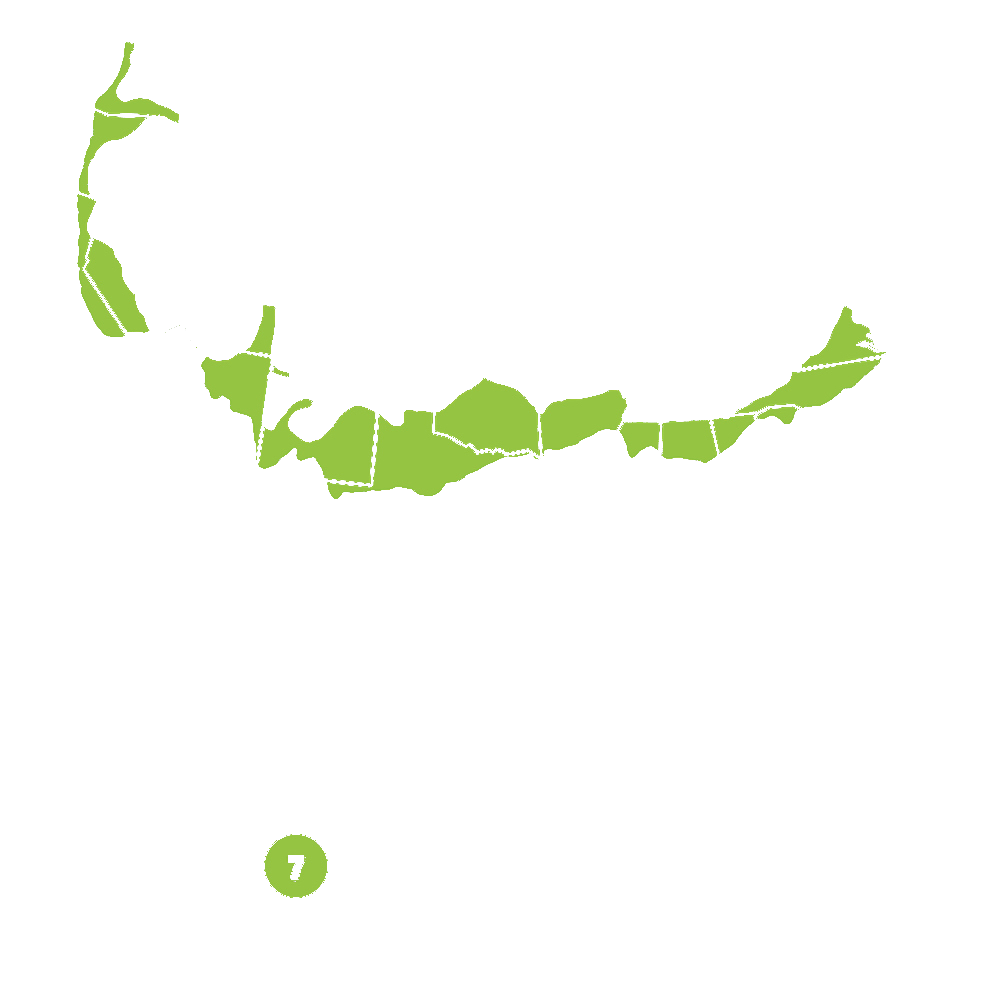
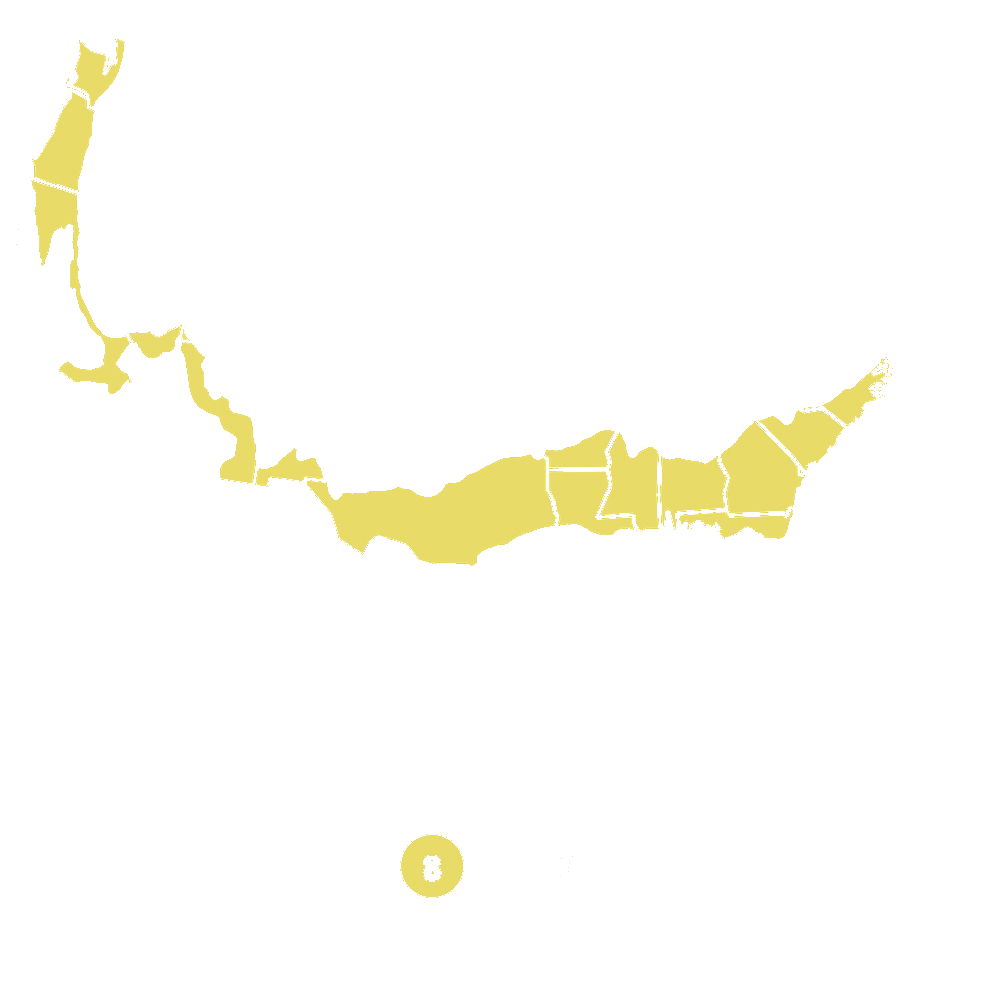
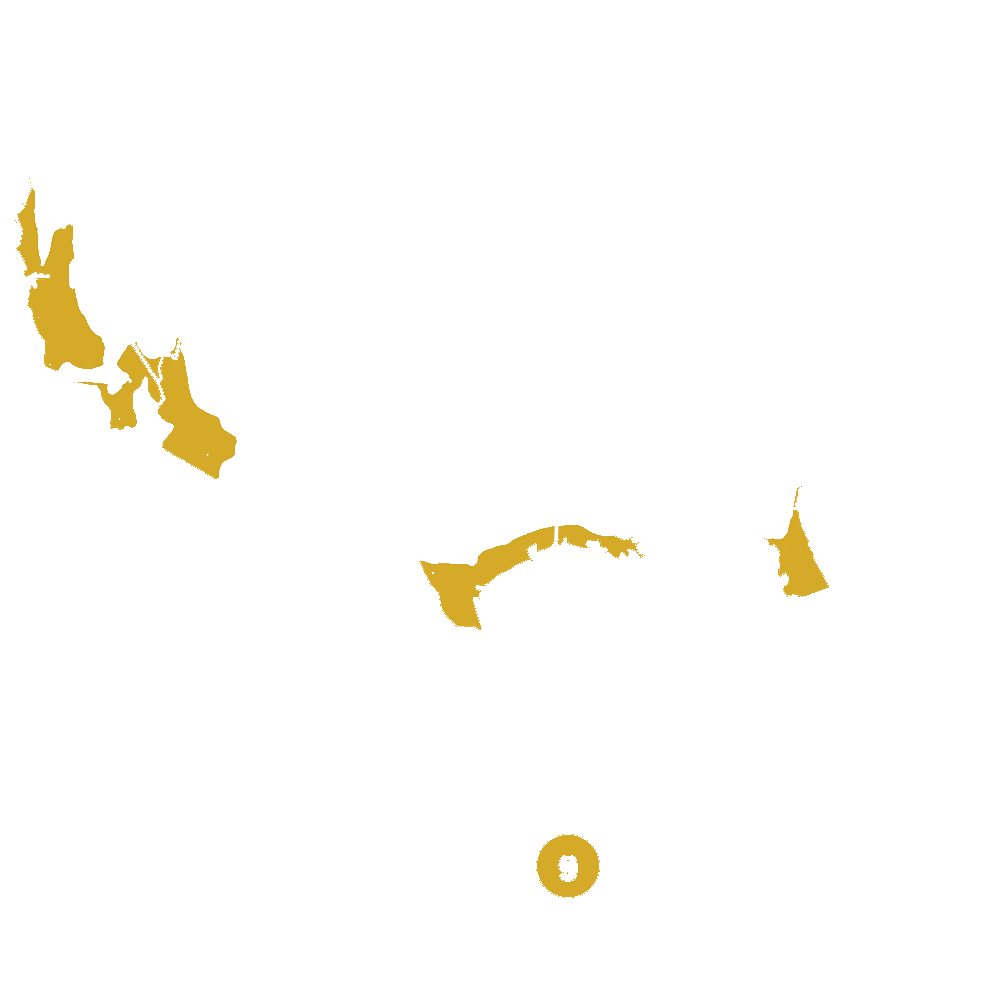
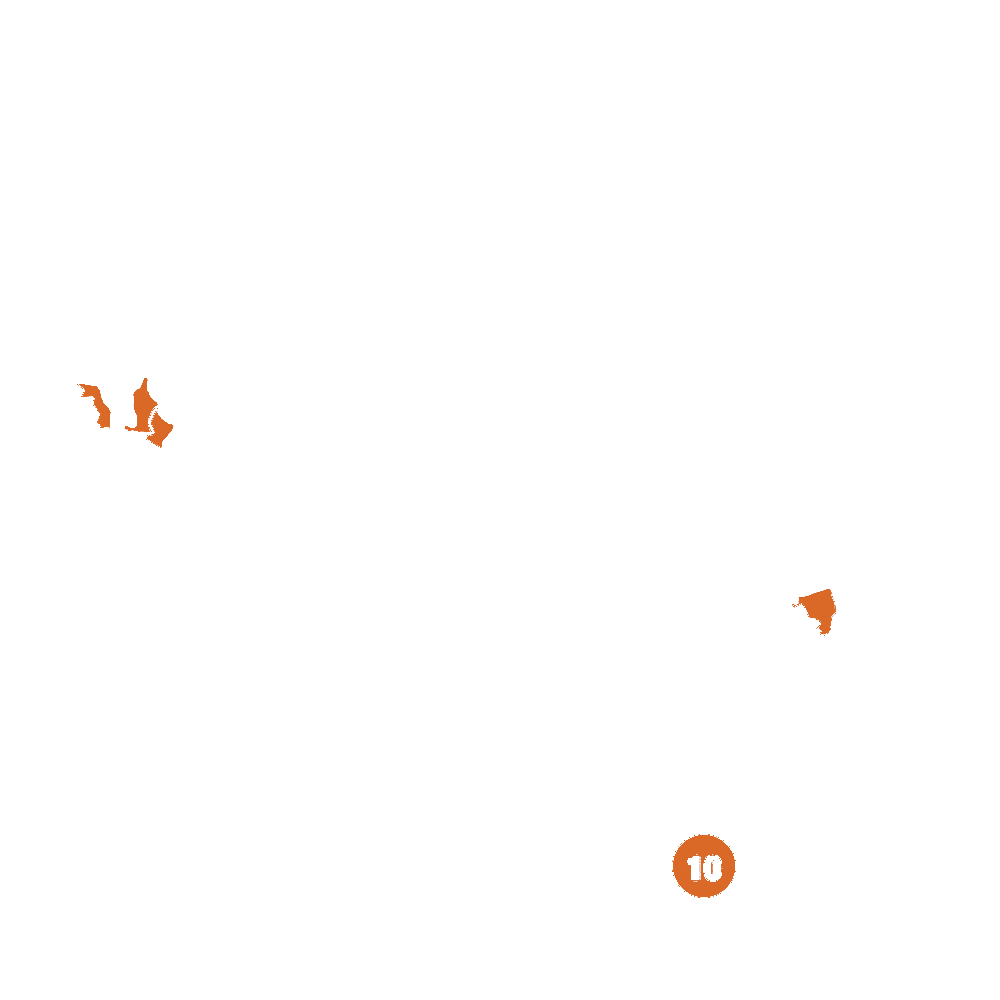
Pollination Info
Pollination Information for Double Delight Nectarine Tree
The Double Delight nectarine tree (Prunus persica var.nucipersica 'Double Delight') is a self-fertile tree, meaning that it is capable of producing fruit without cross-pollination with another variety of nectarine tree. However, cross-pollination with another variety can increase fruit production and improve fruit quality.
If you want to cross-pollinate your Double Delight nectarine tree with another variety, it is recommended to choose a nectarine tree that blooms around the same time. Some compatible nectarine varieties include:
- Snow Queen
- Arctic Glo
- Arctic Rose
- Boston
- Crimson Gold
Pollination is typically done by bees, although other pollinators such as butterflies and hummingbirds may also contribute to the process.
To ensure optimal pollination, it is important to plant the Double Delight nectarine tree in a location that receives full sun and is sheltered from strong winds. It is also helpful to plant other flowering plants nearby to attract pollinators.
By following these tips, you can increase the likelihood of a bountiful harvest from your Double Delight nectarine tree.
FAQ
Double Delight Nectarine Tree (Prunus persica var. nucipersica 'Double Delight') FAQs:
1. What is a Double Delight Nectarine tree?
The Double Delight nectarine tree is a variety of stone fruit tree known for its large and juicy nectarines. This tree is a hybrid of the peach and nectarine trees and produces fruit with a red and yellow skin and firm white flesh. The Double Delight Nectarine is known for its excellent taste
2. When does the Double Delight Nectarine tree bloom?
The Double Delight Nectarine tree blooms in early to mid-spring, typically around March or April. The tree produces beautiful pink flowers that add color to the garden and produce a sweet fragrance.
3. How big does the Double Delight Nectarine tree grow?
The Double Delight Nectarine tree is a dwarf tree that usually grows up to 12 feet tall and 10 feet wide when fully matured. This makes it ideal for small gardens or backyards and easy to maintain.
4. How do I plant the Double Delight Nectarine tree?
The best time to plant a Double Delight Nectarine tree is in early spring after the threat of frost has passed. Choose a sunny location and well-drained soil. Dig a hole twice the size of the tree's root ball and mix the soil with organic compost. Place the tree in the hole and fill with soil, water well and mulch.
5. How do I care for the Double Delight Nectarine tree?
Water regularly during the growing season, but be careful not to over-water. During the dormant season, the tree requires less water. Fertilize the tree once a month during the growing season with a balanced fertilizer such as 10-10-10. Prune the tree in late winter or early spring to promote growth and shape the tree.
6. When is the Double Delight Nectarine tree ready for harvest?
The Double Delight Nectarine tree is typically ready for harvest in mid to late summer, usually around July or August. The fruit will be fully ripe when the skin turns red and the fruit easily detaches from the tree. The fruit should be picked gently and handled with care to avoid bruising.
7. Can the Double Delight Nectarine tree be grown in containers?
Yes, it is possible to grow the Double Delight Nectarine tree in a container, but it requires extra care and attention. Choose a large container with drainage holes and fill it with a well-draining potting mix. Place the tree in the container and water thoroughly. Fertilize the tree regularly and prune as needed. Keep the tree in a sunny location and protect it from strong winds and extreme temperatures.
8. Are Double Delight Nectarines self-fertile?
No, the Double Delight Nectarine tree requires cross-pollination with another variety of nectarine or peach tree to produce fruit. Planting a compatible variety nearby will ensure a good crop.
9. What pests and diseases affect the Double Delight Nectarine tree?
The Double Delight Nectarine tree is susceptible to pests like aphids, spider mites, and peach tree borers. Diseases like brown rot and leaf curl can also affect the tree. To prevent pest and disease problems, it is important to maintain good hygiene, remove dead or diseased branches and leaves, and apply appropriate fungicides and pesticides as needed.
10. How long does the Double Delight Nectarine tree live?
The lifespan of the Double Delight Nectarine tree is typically around 15-20 years, but with proper care, it can live longer. Regular watering, fertilization, pruning, and pest control can help prolong the life of the tree.
Planting & Care
Planting Instructions for Double Delight Nectarine Tree:
1. Choose a sunny location with well-draining soil for planting.
2. Dig a hole about 2-3 times wider than the root ball and as deep as the tree's container.
3. Add compost or aged manure to the hole and mix well with soil.
4. Remove the tree from its container and gently loosen any matted roots without damaging them.
5. Set the tree in the hole, making sure the soil line on the trunk is level with the ground surface.
6. Fill the hole with soil mixture, firming it gently around the base of the tree to eliminate air pockets.
7. Water the newly planted tree thoroughly and apply a 2-3 inch layer of mulch around the base of the tree but not touching the trunk.
Care Instructions for Double Delight Nectarine Tree:
1. Water young trees deeply and regularly, especially during extended periods of hot, dry weather. Once established, nectarine trees require an inch of water per week.
2. Fertilize your tree with a balanced fertilizer in early spring and again in mid-summer.
3. Prune your tree during the dormant season to remove damaged, diseased, or dead branches, and to maintain a good shape and size. You can also remove any shoots that have emerged below the graft union.
4. Thin out the fruit during the growing season to improve the size of the remaining fruit.
5. Monitor your tree for pests and diseases such as aphids, leaf curl, and brown rot. Treat promptly with an appropriate pesticide or fungicide.
6. Harvest ripe fruit when the color is deep and developed. Nectarines should be slightly soft to the touch and have a sweet fragrance.
Check Out These Verified Customer Reviews:
Customer Reviews
4.7 out of 5 based on 17 reviews
Thank you! Your review has been submitted.
The tree arrived quickly and in great condition. It's already producing fruit after just a few months.
I'm amazed at how quickly the nectarine tree grew and began producing fruit. Can't wait to see what next season brings!
Prompt shipping and delivery.
Item has been added to your cart.



